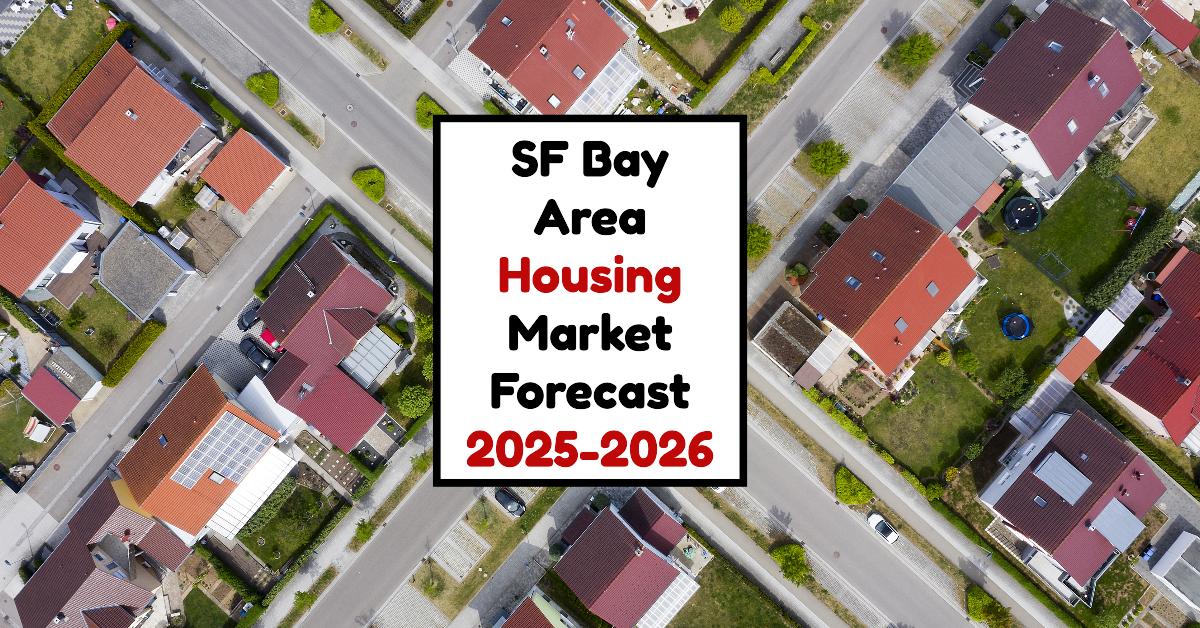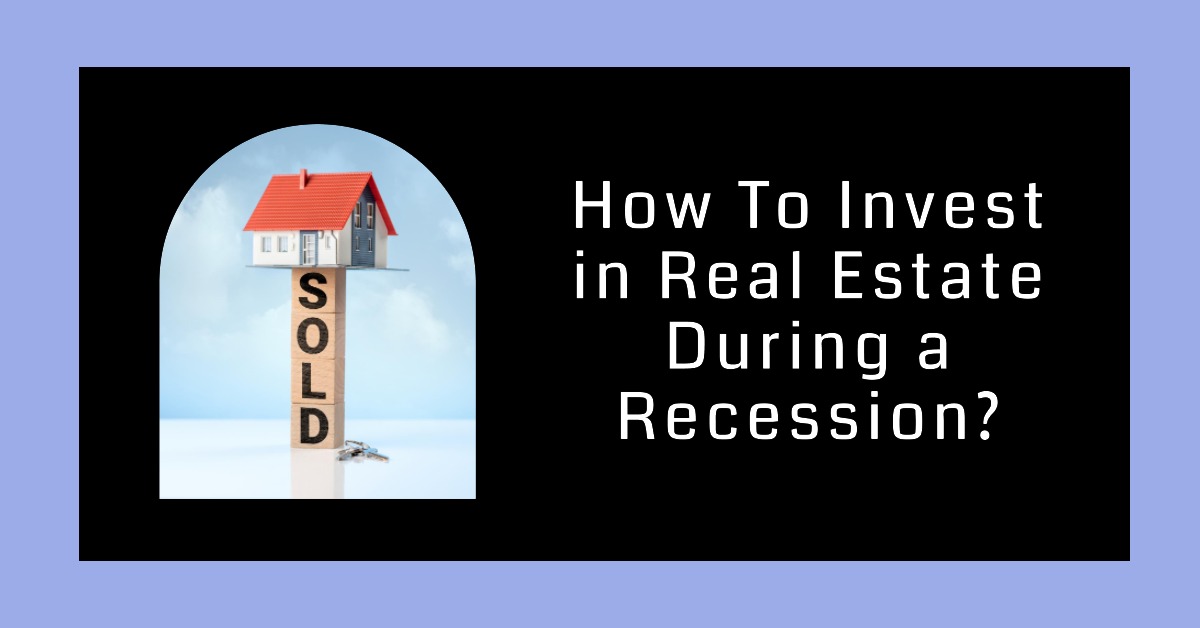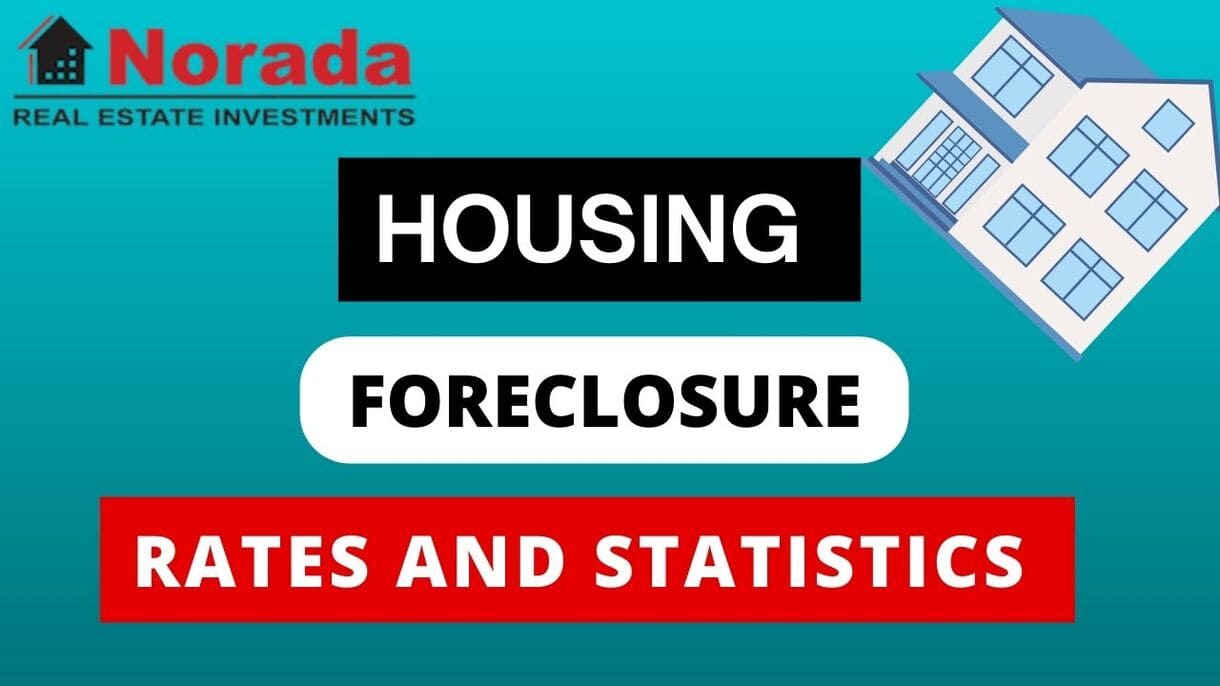Alright, let's talk about the current Bay Area housing market trends. Are you thinking of buying or selling a home here? Knowing what's happening right now is super important. The short answer? It looks like the market is trying to find a balance. Things are changing, and it's not quite as crazy as it was a year or two ago.
Current Bay Area Housing Market Trends in 2025: A Balanced Shift?
Home Sales in the Bay Area
Across California, home sales are a bit of a mixed bag. According to the California Association of Realtors (C.A.R.), statewide home sales in June 2025 increased by 4.0% from May. But, here's the catch: they are still slightly down (0.3%) compared to June of last year. So, while things are picking up a little, we're not quite back to where we were.
Focusing on the San Francisco Bay Area, the report indicates a modest growth of 1.0% in sales compared to last year. So, while other regions may have seen bigger jumps, the Bay Area is at least showing a slight increase in activity.
Home Prices: Are They Still Sky-High?
Now, let's get to the big question: home prices. The statewide median home price in June 2025 was $899,560. That's pretty close to $900,000! It's basically unchanged from both May 2025 and June 2024, showing a decrease of 0.1%.
In the Bay Area, the median home price remains $1,400,000. That's the same as it was in May and June of last year! So, while prices aren't necessarily going up, they're definitely not crashing down either, remaining stubbornly high.
Are Home Prices Dropping?
While the overall statewide median price saw a tiny dip, the picture gets more nuanced when you look at individual counties. Here's a peek at how some Bay Area counties fared:
- Alameda: Down 3.5% year-over-year
- Contra Costa: Up 4.1% year-over-year
- Marin: Down 8.3% year-over-year
- San Francisco: Up 3.3% year-over-year
- Santa Clara: Up 7.8% year-over-year
This shows that the market is not uniform. Some areas are seeing price drops, while others are still experiencing increases. It really depends on the specific location and the types of homes available.
Housing Supply: Are There More Homes to Choose From?
The good news for buyers is that housing supply has been increasing. The Unsold Inventory Index (UII), which tells you how many months it would take to sell all the homes on the market at the current sales rate, was 3.8 months statewide in June 2025. That's up from 3.0 months a year ago.
In the Bay Area, the UII is lower at 2.7 months but is still higher than last year's 2.0 months. This means there are more homes on the market compared to last year, giving buyers more options and potentially more negotiating power.
Also, the number of days it takes to sell a house is increasing. In June, it took an average of 24 days to sell a home in California, up from 18 days last year. This indicates that homes are sitting on the market longer, another sign that the market is cooling down a bit.
Is Bay Area Currently a Buyer's or Seller's Housing Market?
So, is it a buyer's or seller's market? Well, it's complicated! It's not a clear-cut answer.
Experts say that the market is becoming more balanced. There are more homes for sale, and homes are taking longer to sell. Sellers are also becoming more willing to negotiate. However, prices are still high in many areas, especially in the Bay Area, which gives them power. This means it's not a full-blown buyer's market, but buyers definitely have more leverage than they did a year ago.
Market Trends to Watch
Here's a quick rundown of some key market trends that I'm keeping an eye on:
- Stabilizing Prices: While some areas still see price increases, the overall trend is towards prices stabilizing. Don't expect huge jumps like we saw in the past.
- Rising Inventory: More homes on the market mean more choices for buyers and less competition.
- Longer Time on Market: Homes are taking longer to sell, giving buyers more time to consider their options.
- Increased Negotiation: Sellers are more willing to negotiate on price and other terms, which is a win for buyers.
Impact of High Mortgage Rates
One of the biggest factors affecting the housing market right now is mortgage rates. As of July 24, 2025, the average 30-year fixed mortgage rate is around 6.74%, according to Freddie Mac.
- *Currently, U.S. weekly averages as of 07/24/2025, the average 30-year fixed mortgage rate is around 6.74% and 15-Yr FRM is about 5.87%, according to Primary Mortgage Market Survey® by Freddie Mac.
High mortgage rates make it more expensive to buy a home, which can discourage some buyers. Even though rates have remained relatively stable since mid-April, this could soften demand and further balance the market. The good news is that some forecasts predict rates to decrease to 6.0% to 6.5% by the end of the year.
The Wildfire Effect: Altadena and Pacific Palisades
The California Association of Realtors (C.A.R.) also highlights how events, like wildfires, can affect the real estate market. The Altadena and Pacific Palisades areas in Southern California, which experienced devastating wildfires, saw a dramatic drop in home sales and prices. This can serve as a warning that any event whether local or global has the power to sway the market unpredictably.
Table Summary: June 2025 Bay Area Housing Market
| County | Median Sold Price | YOY Price Change | UII (Months) | Days on Market |
|---|---|---|---|---|
| Alameda | $1,321,000 | -3.5% | 2.4 | 15 |
| Contra Costa | $940,000 | 4.1% | 3.2 | 17 |
| Marin | $1,650,000 | -8.3% | 2.7 | 49 |
| Napa | $1,100,000 | 15.5% | 9.9 | 79 |
| San Francisco | $1,705,000 | 3.3% | 1.6 | 33 |
| San Mateo | $2,150,000 | 1.9% | 2.0 | 12 |
| Santa Clara | $2,107,500 | 7.8% | 1.8 | 10.5 |
| Solano | $571,520 | -4.9% | 3.6 | 44 |
| Sonoma | $850,000 | 1.8% | 3.7 | 60 |
The Bottom Line
The current Bay Area housing market trends show a shift toward a more balanced market. While prices remain high, there are more homes available, and sellers are more willing to negotiate. Rising mortgage rates are playing a role, and local events can have a big impact on specific areas. It's essential to stay informed and work with a real estate professional to navigate the market effectively.
Bay Area Housing Market Forecast 2025-2026: Will Prices Finally Drop?
While a crash isn't likely, expect a continued cooling trend through mid-2026. According to the latest data, the Bay Area Housing Market Forecast points towards moderate price declines in the near term, especially when compared to other regions in the state. I have prepared an in-depth analysis about the recent forecast to help you navigate the real estate situation.
The average home value in the San Francisco-Oakland-Hayward area currently sits around $1,152,144, which is down about 2.5% over the past year according to Zillow.
What the Numbers are Saying: Bay Area Predictions
Zillow releases regular forecasts, and the latest provides a glimpse into where they see the market headed. Here’s a simplified breakdown of their Metropolitan Statistical Area (MSA) forecast for the San Francisco area, as of June 30, 2025:
| Forecast Period | Predicted Bay Area Home Value Change |
|---|---|
| July 31, 2025 | Decrease of 1.0% |
| September 30, 2025 | Decrease of 3.2% |
| June 30, 2026 | Decrease of 6.1% |
These numbers suggest that we may see a gradual dip in property values in the region through June 2026.
Bay Area vs. The Rest of California: A Comparative View
Alright, so the Bay Area is expected to cool down. But how does that compare to other parts of California? Let's take a quick peek:
| Region | Home Value Change (July 2025) | Home Value Change (Sep 2025) | Home Value Change (June 2026) |
|---|---|---|---|
| San Francisco, CA | -1.0% | -3.2% | -6.1% |
| Los Angeles, CA | -0.4% | -0.9% | -1.3% |
| Riverside, CA | -0.5% | -1.3% | -0.9% |
| San Diego, CA | -0.7% | -2.1% | -1.5% |
| Sacramento, CA | -0.7% | -2.1% | -3.7% |
| San Jose, CA | -1.0% | -2.6% | -4.0% |
| Fresno, CA | -0.3% | -1.0% | -1.2% |
| Bakersfield, CA | -0.3% | -0.8% | -0.1% |
As you can see, the Bay Area is expected to have a relatively larger decrease in home values compared to other major California cities like Los Angeles and San Diego. Specifically, San Francisco is expected to see more intense dips in value compared to Sacramento and San Jose.
National Trends & the “Magic Bullet”
It's not just a local story. What's happening across the country also impacts us. Lawrence Yun, the Chief Economist at the National Association of Realtors( NAR), has signaled brighter prospects for the U.S. Housing market, with existing home sales predicted to rise by 6% in 2025 and by 11% in 2026. New home sales are also expected to climb, growing by 10% and 5% in 2025 and 2026 respectively. He sees mortgage rates as a “magic bullet” – lower rates could really boost buyer interest and make homes more affordable. Median home prices are forecasted to rise by 3% in 2025 and 4% in 2026.
Yun projects average mortgage rates of 6.4% in the second half of 2025, dropping to 6.1% in 2026.
Will the Bottom Fall Out? My Take
Here's my personal take based on years of watching this market. A major crash is unlikely. The Bay Area still has strong demand, limited inventory, and a thriving economy. However, affordability is a huge issue. Higher interest rates and general economic uncertainty are definitely putting pressure on prices.
I think we'll see a correction, not a collapse. That means prices will likely continue to fall moderately for the next year or so, but they won't plummet to pre-pandemic levels.
Looking Ahead to 2026: My Prediction
Predicting the future is always tricky, but here's my educated guess for 2026:
- The slide will slow down significantly in the second half of 2026.
- Areas with highly-priced homes that are unaffordable may see continued price stagnation.
- If interest rates come down as predicted, we could see a bit of a rebound towards the end of the year.
Ultimately, the Bay Area housing market forecast suggests a period of adjustment. If you're a buyer, this could be an opportunity to get a better deal. If you're a seller, be realistic about pricing and prepared for a longer selling timeline which will require a longer period of time to sell.
Why Are Bay Area House Prices So High?
The high cost of housing in San Francisco can be attributed to several factors:
- Strong Economy: The Bay Area is a global tech hub, home to Silicon Valley, and numerous tech giants. The region's strong economy attracts high-income professionals, leading to increased demand for housing, and driving up prices.
- Limited Supply: Geographical constraints and strict zoning regulations limit new construction in San Francisco. The supply of housing struggles to keep up with the growing demand, resulting in scarcity and rising costs.
- High Land Costs: The cost of land in San Francisco is exceptionally high, which makes it expensive for developers to acquire land for new housing projects. This cost is often passed on to homebuyers and renters.
- Foreign Investment: San Francisco's reputation as a global city attracts international investors, further driving up property values.
- Desirability: The city's quality of life, cultural attractions, and natural beauty make it a highly desirable place to live, leading to a willingness to pay a premium for housing.
- Limited Space for Growth: San Francisco is surrounded by water on three sides, leaving limited room for urban expansion. This geographical constraint intensifies competition for available properties.
Which is the Hottest Real Estate Market in the Bay Area?
The Bay Area's housing market has a long history of intense competition, but lately, things have reached a new level. While the entire region continues to see strong demand, some areas are experiencing a particularly scorching heatwave. So, for those looking to buy, where's the hottest spot to land?
The Rise of the Suburbs: The Woodlands Takes Center Stage
Traditionally, urban centers like San Francisco and Oakland have been the hottest properties. However, a recent trend sees the crown shifting towards suburban havens. The Woodlands neighborhood in Walnut Creek, Contra Costa County, has emerged as a frontrunner.
According to the San Francisco Chronicle, home values in Woodlands have skyrocketed by 40% since February 2020, reaching a median price of $1.46 million. This dramatic rise is attributed to an influx of buyers seeking spacious homes, good schools, and a suburban lifestyle close to amenities and job centers.
Why Woodlands? Decoding the Appeal
Several factors contribute to Woodlands' sizzling market. Firstly, the pandemic's work-from-home trend has loosened the tie between location and office commutes. This allows buyers to consider areas further out from the urban core, where they can find larger properties with a more relaxed atmosphere.
Woodlands perfectly fits this bill, offering ample space for families and a sense of community, while still boasting proximity to shopping centers and top-rated schools.
Secondly, Woodlands benefits from a spillover effect. With San Francisco experiencing ever-increasing housing costs, buyers priced out of the city are looking at neighboring areas. Woodlands offers a more attainable option while maintaining a desirable Bay Area address.
Beyond Woodlands: Other Hot Pockets to Consider
While Woodlands is currently experiencing a surge, the Bay Area offers a diverse range of hot markets. Here are a few other contenders:
- East Bay: Oakland continues to be a popular choice, particularly for those seeking a vibrant, urban environment with a close proximity to San Francisco.
- South Bay: While traditionally expensive, areas like Campbell and Fremont are attracting buyers due to their proximity to Silicon Valley tech giants and a growing job market.
Remember, “Hot” is Relative
It's important to remember that “hot” is a relative term. The Bay Area housing market, in general, is highly competitive. While Woodlands might be experiencing the fastest price growth, other locations might offer better affordability or a specific lifestyle that suits your needs.
Should You Invest in the Bay Area Real Estate Market?
The San Francisco Bay Area is a magnet for real estate investors, but understanding the market landscape is critical. Here's a breakdown of key factors for informed investment decisions.
- Enduring Demand: The Bay Area's allure for homebuyers remains strong, fueled by tech industry jobs and stunning natural beauty. This steady demand is a key factor for investors to consider.
- Location is King: From vibrant downtowns to charming suburbs, the Bay Area boasts diverse neighborhoods. Meticulous research is essential, as each micro-market offers varying growth potential and rental yields.
- Rental Market Strength: Evaluate the rental market performance in your chosen area. Robust rental demand can be advantageous for investors seeking income properties.
- Picking Your Property: Will you invest in single-family homes, multi-unit buildings, or something else? Each type presents unique advantages and risks. Align your investment goals and risk tolerance with your property selection.
- Expert Insights: Consulting with real estate professionals and economists is vital. Their market forecasts and insights can equip you to make informed investment decisions.
Is Real Estate Investment a Good Option in this Region?
Investing in the Bay Area's real estate market can be both lucrative and challenging. Here are some considerations:
- Lucrative Returns: Despite high prices, rental rates in San Francisco are also substantial, making it possible to generate good rental income.
- Appreciation Potential: The Bay Area's strong economy suggests that property values are likely to appreciate over time.
- Diversification: San Francisco is known for its tech industry, and investing in real estate diversifies your investment portfolio, which may be tech-heavy.
- Challenges: High property prices mean a substantial initial investment. Additionally, property management and regulations can be complex.
- Risk Mitigation: Careful property selection, understanding market dynamics, and working with local experts can help mitigate risks.
Investor Preferences in the Bay Area
Investors in the Bay Area have various options to consider:
- Residential Properties: Single-family homes and condos are attractive for long-term rental income.
- Multi-Family Units: Apartments or multi-unit buildings can offer multiple rental income streams.
- Commercial Real Estate: Office and retail properties may provide stable rental income, particularly in business districts.
- Short-Term Rentals: With tourism being a significant part of the Bay Area's economy, short-term rentals through platforms like Airbnb can be profitable.
- Real Estate Investment Trusts (REITs): For those seeking to invest without direct property ownership, REITs focused on the Bay Area offer an alternative.
Economy and Growth
The San Francisco Bay Area boasts a robust and diverse economy, primarily driven by the technology sector, often referred to as Silicon Valley. This economic powerhouse has led to sustained growth, high incomes, and a robust job market, making it a hotspot for professionals and businesses.
It's economy has performed well in the 21st century, despite several recessions. In 2022, the Bay Area's GDP grew by 4.8%, which was the highest in the country. This growth was well-rounded and uninhibited, and the Bay Area's economy has continued to perform well even after the COVID-19 pandemic. As a result, the region consistently attracts individuals seeking employment opportunities, which, in turn, fuels the demand for housing.
Housing Supply Shortage vs. Demand
The Bay Area faces a persistent challenge with housing supply shortages. Geographical constraints, coupled with stringent zoning regulations, limit the construction of new housing units. This limitation in supply collides with the consistently high demand for housing, primarily from tech professionals and other high-income earners. The resultant scarcity drives up property prices, making homeownership and rentals expensive propositions in the region.
Geography & Zoning Restrictions
Geography plays a significant role in the Bay Area's real estate market dynamics. Surrounded by water on three sides, the region has limited space for urban expansion. As a result, land is at a premium, and developers often face challenges in acquiring suitable land for housing projects. Zoning regulations, aimed at preserving the unique character of different neighborhoods, can further limit the potential for new construction. These factors collectively contribute to the scarcity of housing and rising property values.
It's Luxury Real Estate Market
The Bay Area hosts a thriving luxury real estate market, catering to high-net-worth individuals and investors. Luxury properties in prestigious neighborhoods like Atherton, Hillsborough, and Bel Air offer premium amenities and stunning views. The region's desirability, coupled with a strong economy, has sustained the luxury real estate segment, making it an attractive option for those seeking upscale investments.
High Real Estate Appreciation Rate
Despite the high cost of entry, real estate in the San Francisco Bay Area is known for its impressive appreciation rates. The region's strong economic fundamentals and limited supply have historically driven property values upward. This means that real estate investments often offer the potential for substantial capital gains over time.
While San Francisco's high housing costs can be a barrier, the region's strong economy and desirability continue to attract investors. Careful consideration of factors such as property type, location, and market dynamics is crucial for making informed investment decisions in the San Francisco Bay Area. Investors should assess their goals, risk tolerance, and long-term strategies to determine whether this market aligns with their investment objectives.
Recommended Read:
- Bay Area Housing Market Predictions 2030
- Bay Area Housing Market Predictions 2025
- Bay Area Housing Market Soars With Largest Gain in Home Sales
- Bay Area Housing Market: What Can You Buy for Half a Million?
- SF Bay Area Housing Market Records 19% Sales Growth in July 2024
- Bay Area Home Prices Skyrocket: Wealthy Buyers Fuel Market
- Bay Area Housing Market Heats Up: Home Prices Soar 11.9%
- Bay Area Housing Market Booming! Median Prices Hit Record Highs





